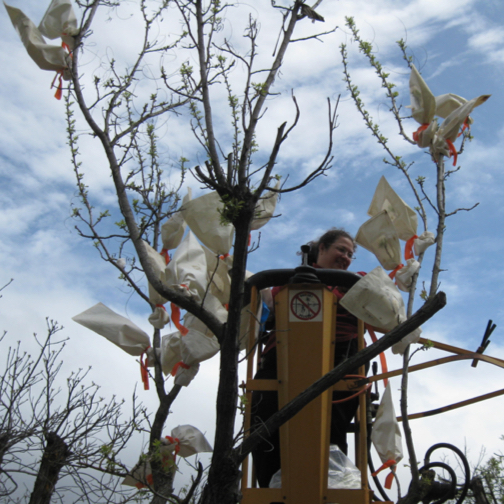
Hello, my name is Dianne! I was born in California and raised from an early age in the Northern San Francisco Bay Area. I enjoy growing, propagating, and generally poking at plants. In 2019 I completed a PhD in Genetics at the University of California, Davis with Jeff Ross-Ibarra. However, my path to a doctorate was not straightforward.
Pre-academia
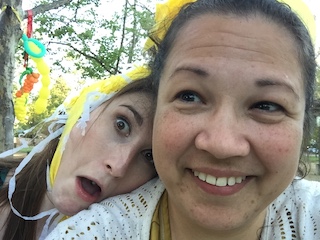
of a maize piñata
My dissertation work focused on understanding the domestication of almond and peach and their evolution in the context of their closest wild relatives by examining selection, phylogeny, demography, and divergence. However, I have appreciated plants from an early age starting with cultivated species. After high school I gained a greater appreciation for native California plants when I joined the California Conservation Corps (CCC) and was assigned to the Camarillo Center in Ventura County. During my time in Camarillo, not only did I train to respond to wildland fires, hazardous spills, floods, and perform CPR, but our primary conservation projects of trail rehabilitation, freeway landscaping, and flood mitigation took us throughout the Ventura, Santa Barbara, and Los Angeles counties of California. Much of the preserved areas of these counties, such as the Los Padres National Forest, are covered in coastal chaparral habitat and I learned about some of the more common plant species I encountered. Later I transfered to a CCC satellite station in Northern California with a native plant nursery. In support of the nursery mission to generate plants for native plant restoration, my fellow corpsmembers and I collected seed from various native plants in the coastal areas of Sonoma and Marin counties. Shortly after finishing my time with the CCC, I spent a season with the California Department of Fish and Wildlife (DFW). During that one season we worked on a few restoration projects including building a cattle excluding but deer passable fence to protect vernal pools in Sonoma county, restoring riparian habitat through planting elderberry and willow trees in the Cache Creek Natural Area and California State Wildlife Area in Lake county, and preparing a wildlife water catchment reservoir for installation near Lake Berryessa in Napa county. After my time with DFW I spent some time persuing other vocations that ended with being laid off during the post-9/11 economic downturn but also providing me with the opportunity to restart my long paused post-secondary education.
Undergraduate
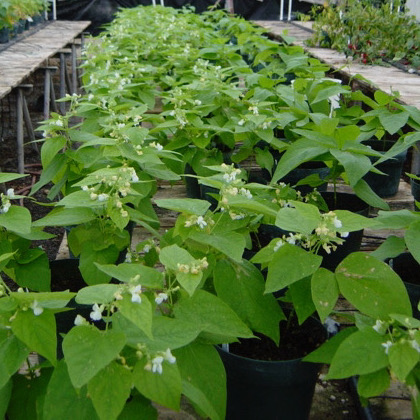
leaf mutation of common bean
I re-entered tertiary education at Santa Rosa Junior College (SRJC) and completed my lower division coursework and graduating with an Associates of Science in Liberal Arts and Sciences. It was at SRJC during a biodiversity module of my Fundamentals of Biology (Botany) course that I first learned about crop domestication through the documentary “Genetic Time Bomb” (de Graaf and Boe 1994). The film focuses on crop biodiversity through preserving and utilizing the genetics of wild crop relatives, but it was the stories of early plant explorers and crop domestication scientists, such as Nikolai Vavilov, that captured my imagination. Shortly after transferring to the University of California, Davis (UCD) I was welcomed by Paul Gepts to work his student Myounghai Kwak in the Gepts Bean Lab. The Gepts Lab studies crop evolution, domestication, and biodiversity using multiple approaches and my two years both assisting with research and conducting my own, supported by a President’s Ungraduate Research Fellowship, in the Gepts lab more than fulfilled my research requirements for my one-year fellowship in the UCD Transfer Student Fellowship Program. At the end of those two years I graduated with a BS in Plant Biology with a focus in Genetics and Breeding. Overall, this experience strengthened my interest in and appreciation of germplasm, the value and potential of wild crop relatives, domestication, evolution, and plant breeding for crop improvement.
Germplasm
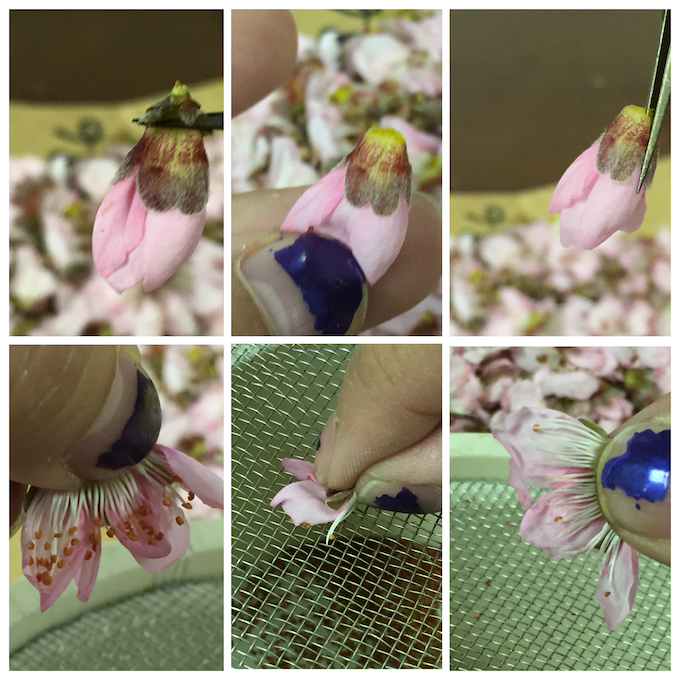
Immediately prior to my doctoral work I was a laboratory technician and manager at the USDA Agricultural Research Service National Clonal Germplasm Repository for Tree Fruit and Nut Crops and Grapes in Davis, Calif. where I DNA fingerprinted crop collections of grape, fig, walnut, cherry, peach, almond and their wild relatives as well as a walnut F1 mapping population. Additionally, I made interspecific crosses within Juglans, Prunus, or Pistacia to generate F1 hybrid progeny for pathology evaluation and as potential rootstocks. Working with these different collections was excellent for truly understanding the diversity of germplasm collections and their potential value for crop improvement. To gain an even greater understanding of diversity, evolution, domestication, selection, and relationship between domesticated long-lived, perennial species and their wild relatives, I embarked on doctoral studies utilizing the Prunus germplasm collection.
Doctoral Studies
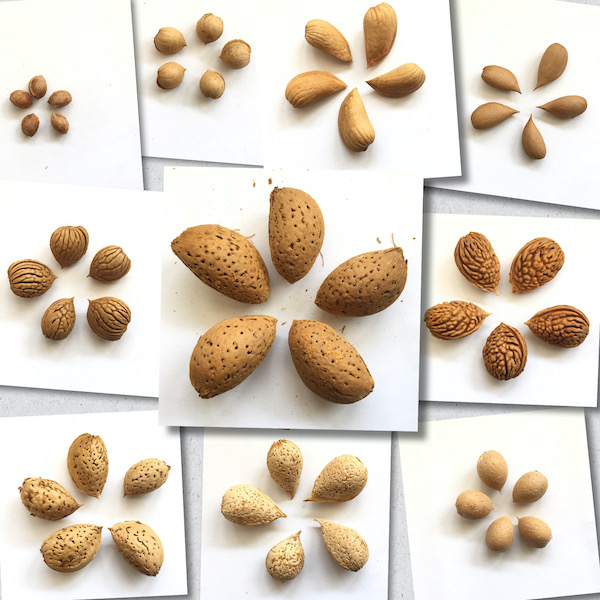
Having already worked with Paul Gepts, I chose to work with Jeff Ross-Ibarra, a maize evolutionary biologist, for my doctoral research work. My dissertation focused on understanding the domestication of almond and peach and their evolution in the context of their closest wild relatives by examining selection, phylogeny, demography, and divergence utilizing a genome-wide approach. The domesticated almond and peach species are interfertile, a feature utilized to develop an important genetic map for the genus Prunus. However, more resources have been directed toward studying the domesticated peach, thus my work was an important step to better understanding of Prunus dulcis, the domesticated almond species, and its relationship with P. persica, the domesticated peach. After examining these domesticated species, I further examined the relationship of these domesticates with their wild relatives. My interest is in answering questions surrounding the origins and domestication of perennial crops, understanding how demography influences current crop productivity and quality, and how this information can be used to facilitate crop improvement. One aspect of my work has been in developing genomic tools in almond to associate soilborne pest response for selection of improved rootstocks. Rootstocks with resistance to soilborne pests provides the grafted scion cultivar with protection from soilborne pests and pathogens. Further investigation into abiotic stress tolerance of rootstocks also have great importance for selection.
Interests and Hobbies
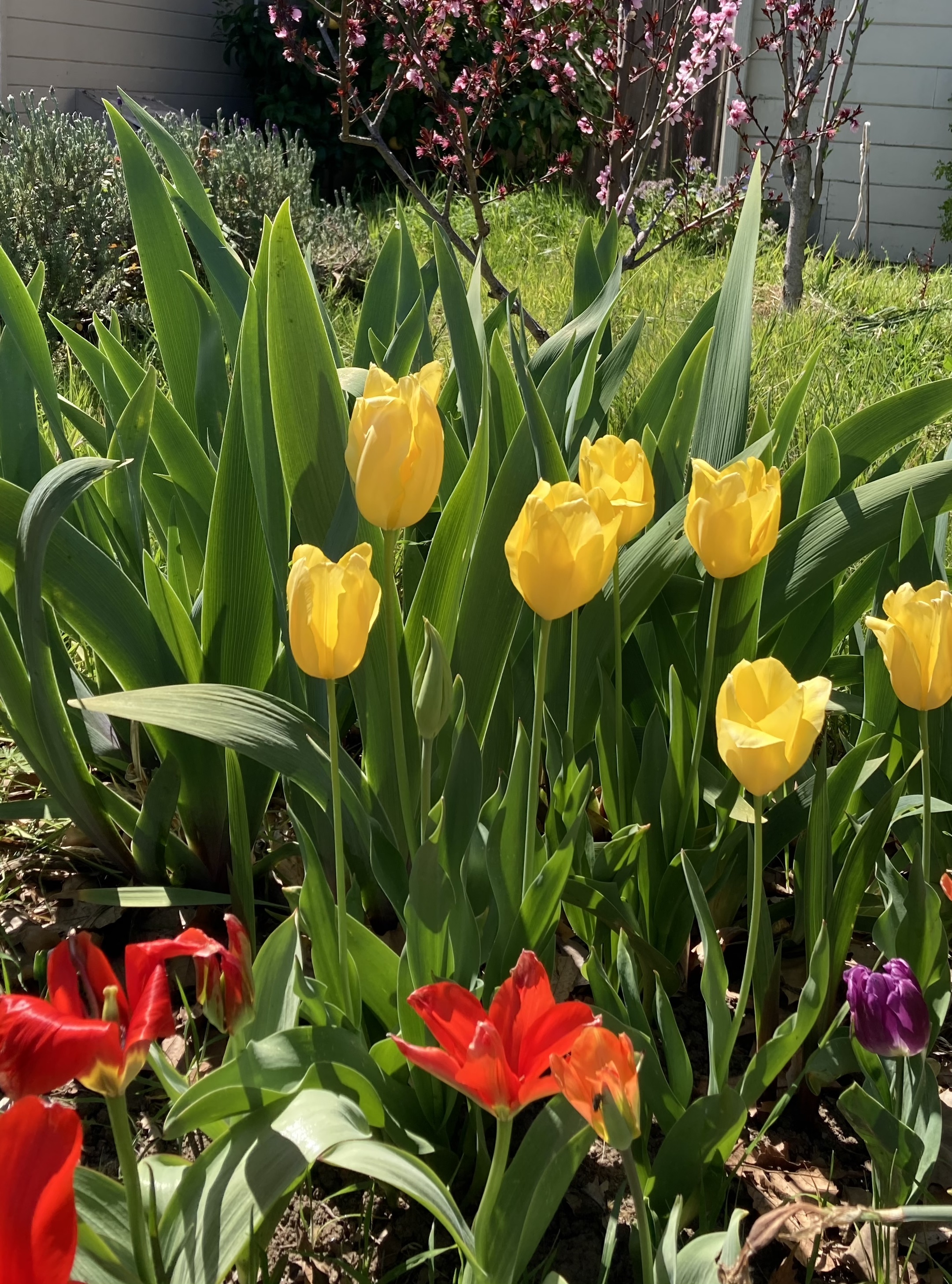
At home I occupy my time gardening, seed saving, providing food to a small flock of chickens, destroying invasive blackberry vines, papercrafting, and beadweaving. Outside the home I have volunteered seasonally (on hiatus since early 2020) at the UCD Center for Plant Diversity and am undergoing UC Master Gardener training.